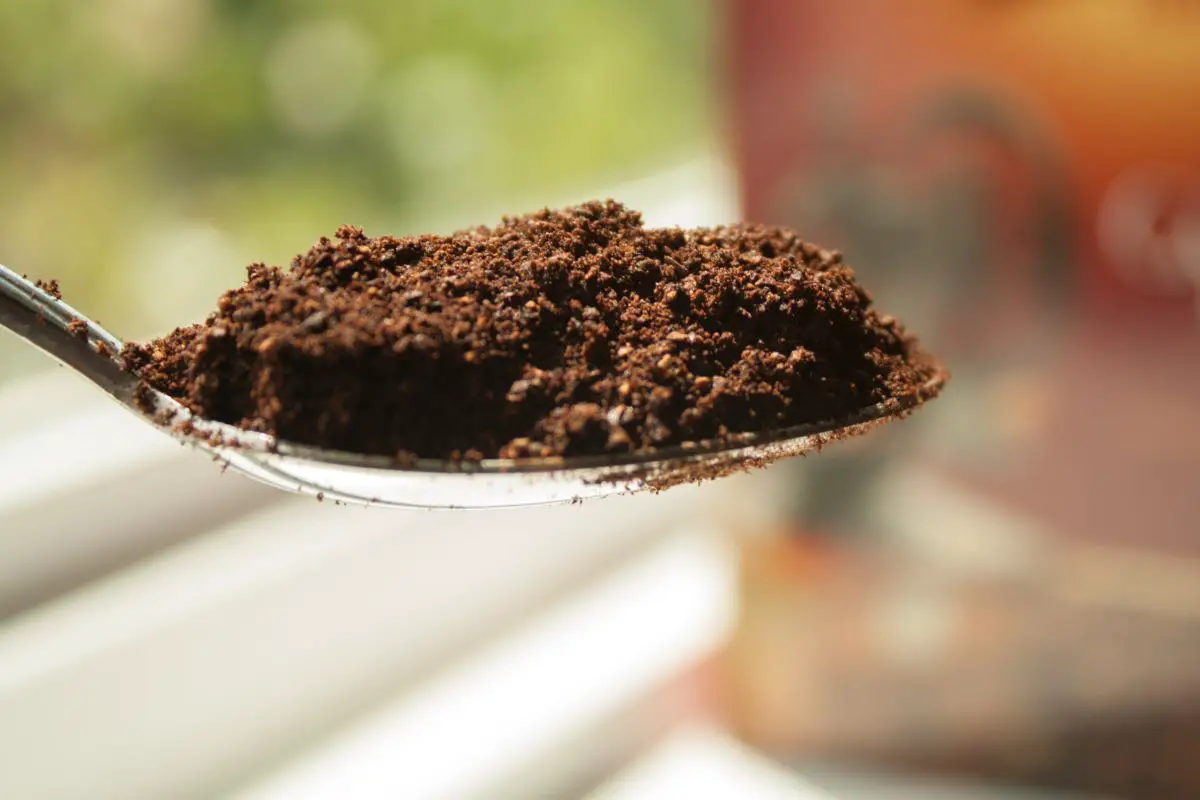Brewing coffee is an art. When brewing coffee, many variables come into play including the water temperature, grind size, water quality, and coffee-to-water ratio. While none of these factors should be overlooked, the coffee-to-water ratio largely determines the quality of your brew.
To get the ratio right, you will need to measure your ground coffee with a scale or tablespoon. A tablespoon is the most readily available measuring tool when brewing coffee. But how many grams of coffee in a tablespoon? Read on to find out.

The Importance of Measuring Your Coffee
Before you get to know the grams of coffee in one tablespoon, it will help to understand the importance of measuring your coffee in the first place. So how much coffee should you use to brew coffee? It depends on the amount of coffee you want to brew. You need to get the coffee-to-water ratio right to brew tasty coffee.
Coffee can be measured either by weight or volume (scoops). The most reliable, consistent, and repeatable method to get similar results all the time is by weight. When you measure the water and ground coffee by weight, you are less likely to make errors, unlike when you measure by volume.
The golden coffee-to-water ratio is between 1:15 to 1:17. That means for every 1 gram of ground coffee, use 15 to 17 grams of water. You can get the best extraction within this ratio. If you brew with more than 17 grams of water per 1 gram of coffee, you will get a bitter, weak brew. On the other hand, if you brew with water less than 15 grams per 1 gram of coffee, you will get a sour and excessively strong-tasting coffee.
When you know the ratio to use, you will find it easier to calculate the amount of water and ground coffee to use depending on the amount of coffee you want to make. For instance, if you settle with a ratio of 1:16, a pour-over coffee maker using 22 grams of ground coffee and 350 grams of water will give you a 12 oz cup.
If you want to brew with 18 grams of coffee, for example, you will multiply 18 by 16 to get the exact amount of water to use in grams.
How Many Grams of Coffee in a Tablespoon?
When measuring coffee in grams, the first tool that will come to mind is a measuring scale. However, if you do not have a scale in your kitchen, you can use a tablespoon. One tablespoon of coffee beans or ground coffee is equivalent to 5 grams. You will need 1 level tablespoon for every 3 fl oz of water. If your cup holds 6 oz of fluid, it means you will brew with 2 level tablespoons of coffee and 10 grams of water.
But what if you are using a standard 8oz coffee mug? How will you determine the ideal coffee-to-water ratio? Essentially, 8oz of coffee is equivalent to 225ml of water. But how do you get his figure? Here is how to do the calculation:
Step 1- 8 oz of coffee is approximately 225ml. That means you should measure 225 grams of water with a measuring cup.
Step 2- If you are using a ratio of 1:15, divide the weight of the water by the ratio, which is 225/15 to give you 15 grams of coffee.
Now, you know you will need 15 grams of coffee and 225 grams of water to brew an 8 oz mug of coffee.
Step 3- Assuming that 1 level tablespoon holds 5 grams of coffee, you will know the number of tablespoons to use by dividing the total weight of the coffee required by 5 grams, which is 15/5 to give you 3 tablespoons of coffee.
What if you have 5 level tablespoons of coffee, how will you know the amount of water to use? Here is how to make the calculation:
Step 1- Assuming 1 tablespoon of coffee is 5 grams, it means 5 tablespoons will contain 5×5 grams of coffee, which equals 25 grams of coffee.
Step 2- Multiply the amount of coffee beans by the standard ratio to get the amount of water needed. Assuming you use the ratio of 1:16, you will multiply 25 grams of coffee by 16, which will give you 400 ml of water.
The math, as you can see, is relatively simple. You will only need about a minute of your time to get the math right. You can write down your favorite recipes and the ratios you use on a cheat sheet. That way, you will not have to redo the math the next time you brew with the same recipe.